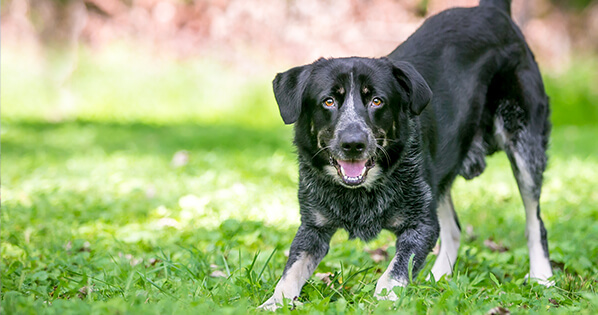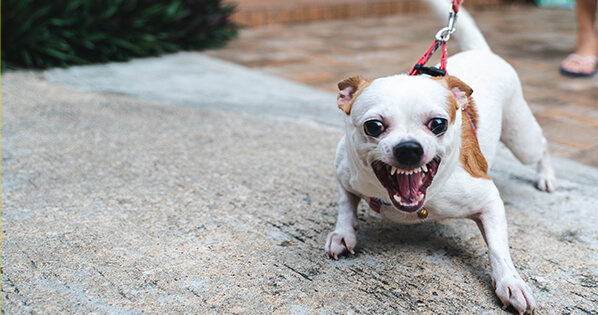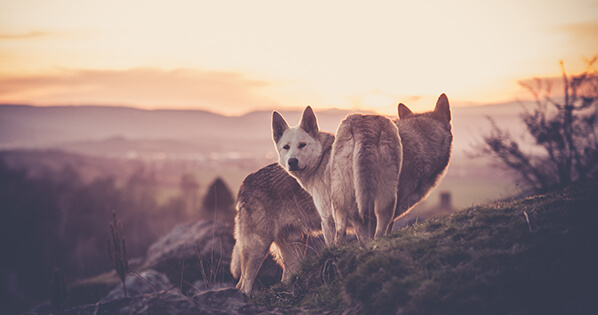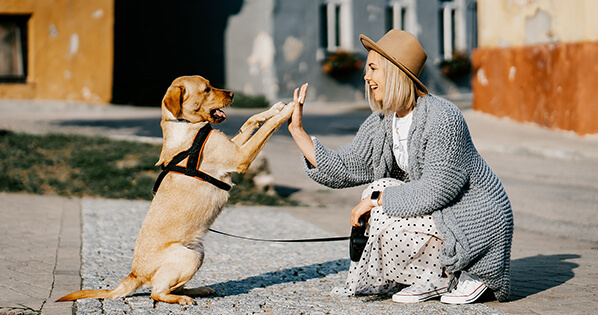
At one time or another, almost every dog will experience some separation anxiety, aggression, reactivity, or will not listen to you. Left unaddressed, these behaviors can turn into frustrating habits.
After working as a dog trainer and behaviorist for over 4 years and amassing over 3,500 hours in behavior modification, I have found relationship-based training to be the most effective tool raise a happy, well-mannered pup.
What does relationship-based training mean?
Relationship based training is all about having a trusting and cooperative relationship with your dog. When creating a relationship like this, you’ll gain six valuable assets in the categories of “love” and “respect”.

Love:
-They’ll want to spend time with you
-They’ll want your affection / approval
-You’ll be able to use your affection as a resource (no treats needed)
Respect:
-They’ll want to work with you and for you
-They’ll respect you as a leader
-They’ll learn how to be a follower (reduce anxiety and fear)
Love and respect are the most important things to keep in mind when training our dogs. If we remember from lesson 1, we know that dogs are pack animals and operate under a hierarchical structure. If we know this, then we can understand how the hierarchy operates and how to manipulate it.
In order to work with a dog’s natural hierarchical structure, we can use love to change our status in the pack. This means giving the correct amount of affection so that it still remains a valuable resource. Simply put: if you give your dog log 24/7 and always let it jump, lay on you, follow you, they’re going to be mentally unbalanced.
How do I know if I’m giving the right amount of love?
An easy way to make sure you’re giving the right amount of affection is to follow these 3 easy rules about affection timing.
Affection Timing
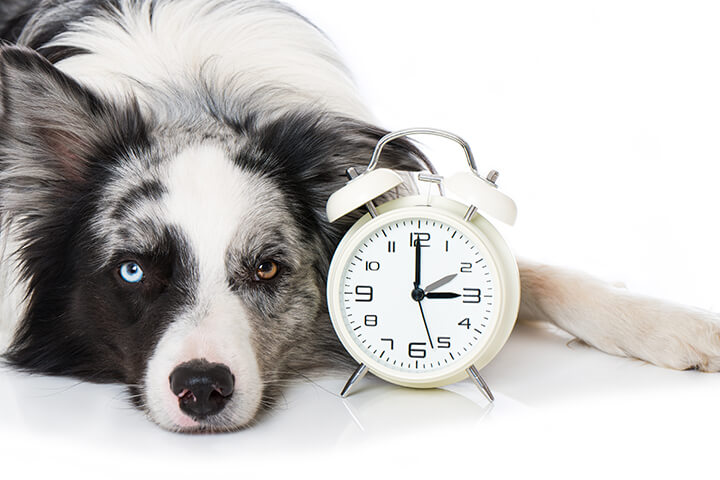
Affection Rule 1:Do not pet your dog when they are excited, jumping, barking, scared, anxious, or overwhelmed.
If you do this, you’re positively reinforcing the wrong behavior and therefore training them to do this again in the future. The best way to handle this is to calmly coach your dog through it with a patient, but firm “easy” command. Once they are calm again, then you can pet them again.
Affection Rule 2:Do not pet your dog when you enter or exit your home.
If you give your dog affection before you leave or when you enter, they will become more anxious at the time of the event. Making it a big deal and saying goodbye will actually cause more anxiety and again make your love confusing for them.
Affection Rule 3:Do not give your dog affection without having earned it.
By giving them a simple “easy” command and making them remain calm before petting, you’ll be positively reinforcing the desired behavior / mindset of calmness, and therefore be training it as a behavior. This is a super easy way to shape your dog to react to situations with calmness.
Remember: If you pet your dog in scenarios where they are excited, you’ll be reinforcing that mindset of excitement.
By following these three simple rules, you’ll shape your dog’s calm demeanor and give them a clear definition of this “love” variable.
If they’re able to properly understand this variable, you’ll be shaping them into being comfortable in the role as a follower, with you being the leader. This will reduce their anxiety, fear, and reactiveness because they no longer feel like they have to fill that role.
It will also make your love an extremely valuable resource that they crave to have, because it is well controlled and used as a training tool. This will allow you to not have use treats when you train and will create a deeper bond and connection between you and your dog.
Ok, I think I can follow those three rules. At least I’ll try….but what about respect?
Respect
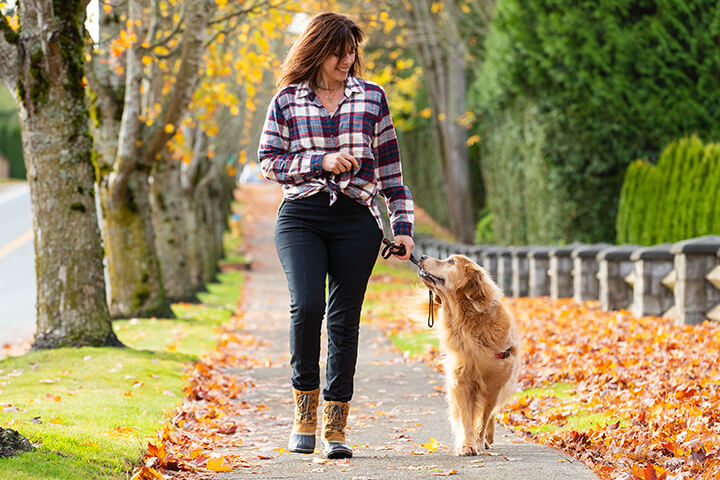
Respect is the other important variable that has to be carefully balanced with “love” in order to appeal to the hierarchical structure of our canine friends.
Simply put: if your dog has respect for you, he or she will want to work for you, and will be comfortable and confident with you as the pack leader.
If your dog loves you, but doesn’t respect you, you’re going to have trouble controlling them. This is an important variable that can be fostered by the following two rules.
Respect Rule 1:Teach self-soothing and independence skills to your dog.
This is hugely important in teaching your dog how to be alone. If you’re having separation anxiety issues, it’s probably because your dog does not have these skills. Self-soothing is the ability for your dog to de-escalate itself without human interaction. This means being able to calm itself down when the owners leave, they hears loud noises, etc.
Hmm, how would I train self-soothing skills if my dog seems to never settle down?
The best way to train self-soothing and independence is to use a crate. By promoting their crate as a safe place, you are giving them comfortable den that is their own space where they can be alone. By being alone, they learn to self soothe themselves without humans, as well as be independent and not attached to you (for example, following you into every room you walk in at your home).
Another great way to train self-soothing and independence is to get your dog a bed and teach your dog to “go lay down” into their bed, and “stay” in their bed. Unlike the crate, you’ll have to consistently put them back into the bed and in the “stay” command if they get up. It may take many corrections for them to understand “stay”, but once they’re able to do it then it’s just as effective as the crate. Then you can add distraction to the “stay” if you want to train it further.
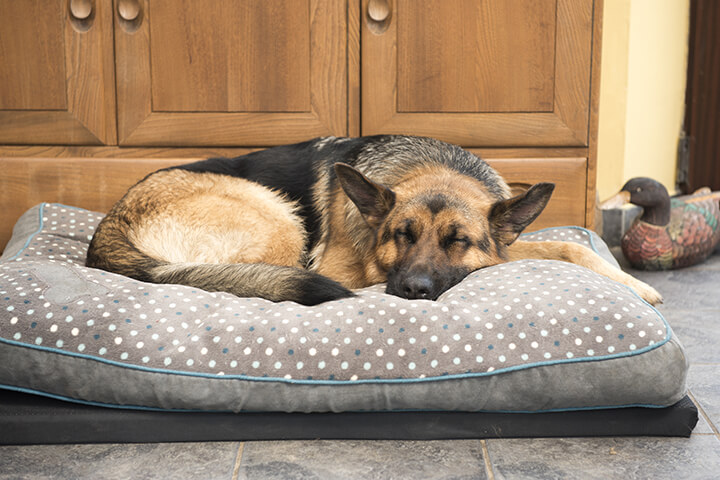
Both of these methods will teach your dog to self sooth and foster independence! If they learn these skills, they’ll be more independent because they can control and defuse their emotions without a human. This will give your dog a huge confidence boost!
Got it, what is the other variable of respect?
Respect Rule 2:Do not ask for a command or behavior more than twice.
This means that if you ask your dog to sit, you only would ask it one more time. The same thing goes for any other verbal command.
But what’s the point of only asking for a command twice?
The point is so that your words have value. If you tell your dog sit 10 times before it does it, you are teaching it to not listen the first 9 times. Therefore, if you only ask twice, your dog clearly understands the expectation and the consequence.
What do I do if my dog doesn’t sit the second time?
If your dog doesn’t listen to your command the second time, you calmly walk over them and put them in it. So if you asked sit twice and your dog didn’t listen, you would calmly push their butt down to get them to sit.
What if I ask my dog to come and they run away?
The unfortunate truth is that if you asked come twice, you should theoretically make them come to the spot you asked them to. This means chasing your dog or stalking it in order to properly use the rule.
I have followed a dog around for over 45 minutes before because it did not want to come after the second time I asked. It took a long time, but after that he always came to meet whenever I asked him to. Trust me, it works!
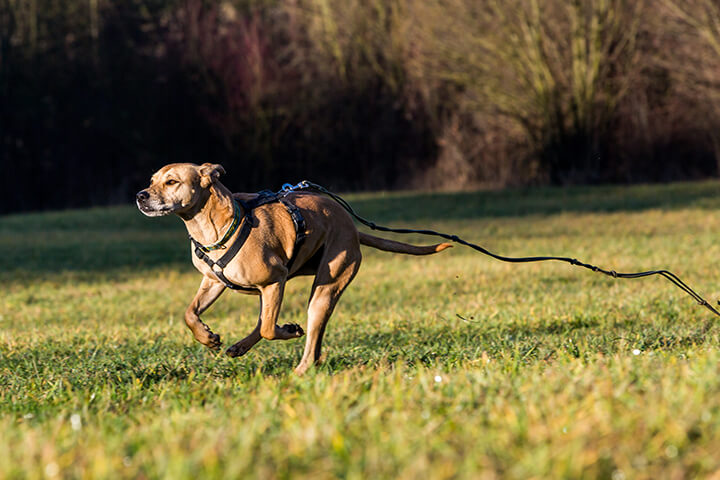
Ok, so I only ask my dog a command twice, and then if they don’t listen, I put them in it?
Exactly! And what’s beautiful about this method is that it teaches learned submission. This shapes your dog to understand that you’re only ever going to ask twice for a command before making them do it. That way, once your dog understands this, they will listen to your commands because they know the consequence is just being put into it anyways.
That makes sense, but what if my dog doesn’t like me putting him into the command and reacts?
If they react, I will stay calm and tell them “Easy”, assess the situation, and correct it accordingly. To learn more about corrections, check out lesson 2.
Do you think my dog will be afraid if I demand too much respect?
The goal of respect is to balance it with love to give them complete faith in our ability as their leader. By balancing, we are able to control and manipulate the pack. This means we are able to make ourselves the pack leader, and have our dogs trust us in that role. As stated, once your dog surrenders the responsibility of being the leader and learns how to follow you, they’ll be more confident, less anxious, and better at interpreting the world around them.
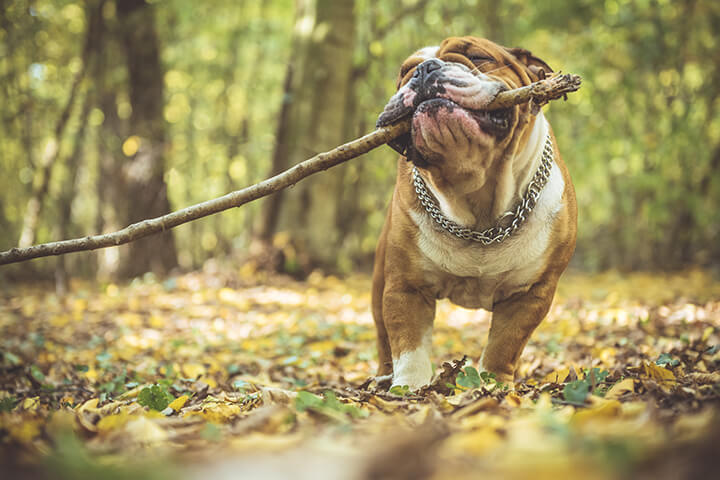
On the other hand, never use any training with excessive force, threats, fear, pain, dominance or intimidation for your dog. This training is extremely harmful to the relationship and would be counterproductive to all the other work you are trying to accomplish and can actually make the problems worse.
Ok. That makes sense as well. I guess you know what you’re talking about! So, if I balance love and respect, I can control my dog’s behavior and solidify myself as the pack leader?
Absolutely! Anyone is capable of following these easy rules! Relationship-based training is effective for both teaching new behaviors or changing current behavior for any physically and mentally healthy animal. By reinforcing behaviors you like and want to continue seeing, you set the animal up for success and give them direction. Regardless of an animal’s age and past experiences, these ethical training methods give the animal the best chance for living happily and comfortably in our hectic human world. It gives them clear and concrete feedback from somebody they love and respect.
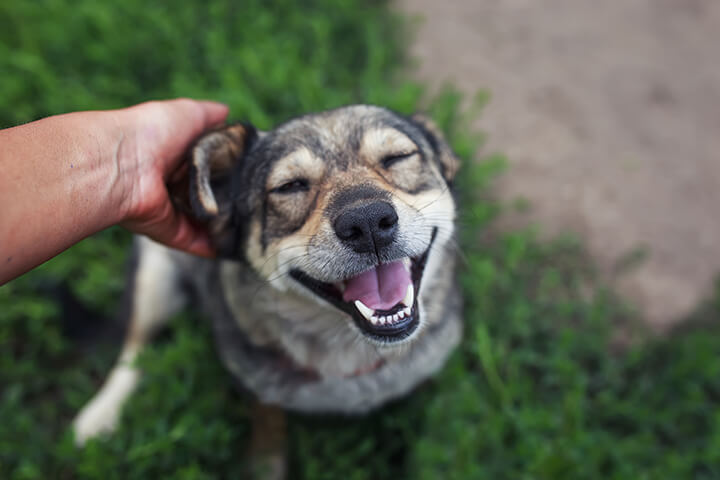
Put beautifully by our friends over at bestfriends.org:
“It is also important to understand that every interaction is a learning experience, so every time you interact with your pets you are training them, whether or not you intend to. Relationship-based training is a lifestyle — a constant dialog with your pets, rather than a one-way issuing of commands that only occurs in structured training sessions. So instead of waiting for the occasional chance to work on modifying the animal’s behavior, it’s better to be aware of every opportunity to arrange your pet’s environment to reinforce the behaviors you want.”
Constantly being in tune with your dog and asking yourself “Am I reinforcing the correct behavior and / or the behavior I desire” is what relationship-based training is all about.
If you still have more questions about our training, feel free to come in for a free behavior assessment to learn more and get specific recommendations for your dog!

